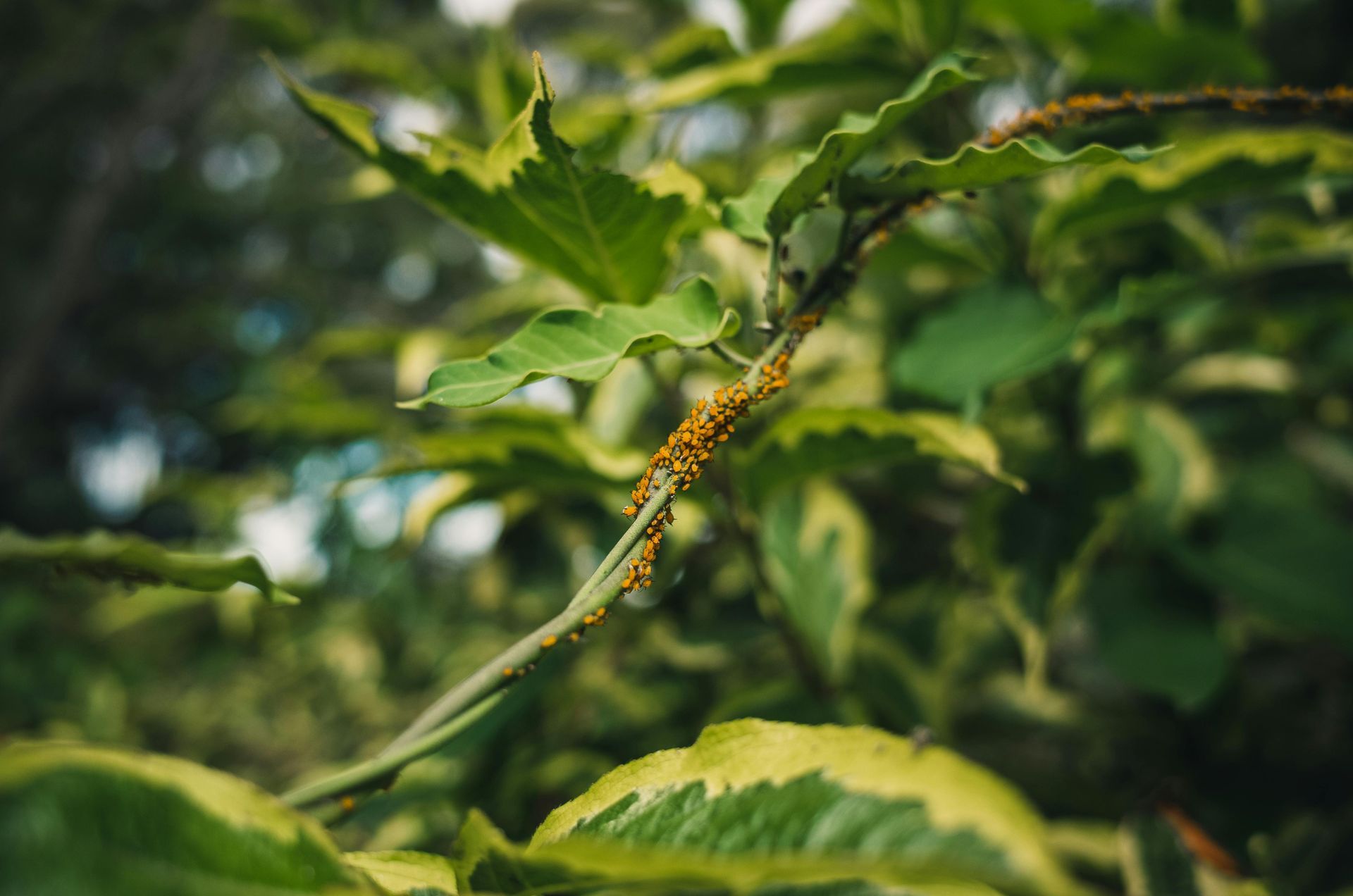How Unseasonably Warm Weather Can Increase Pest invasions
The Impact of Rising Temperatures on Pest Activity and What Homeowners Can Do

Shifting weather patterns have brought unusually warm temperatures, even during traditionally cooler months. While many enjoy the extended mild weather, the effects on pest behavior are less welcome. Warmer temperatures disrupt natural pest cycles, causing earlier activity, longer breeding seasons, and more frequent home invasions.
You're not alone if you notice an uptick in unwelcome critters around your home. Here’s how unseasonable warmth affects common pests and how to keep them out.
Pests on the Move
Pests that typically become dormant during the colder months stay active when temperatures remain warmer than usual. This extended activity leads to increased sightings and infestations of the following pests:
- Rodents (Mice and Rats) - Rodents are particularly quick to take advantage of warm weather. As natural food sources remain available longer, mice and rats are more likely to venture near homes searching for shelter and food. With fewer natural predators active, their populations can overgrow.
- Stink Bugs - Stink bugs, which usually seek shelter in homes during late fall, may enter earlier or in more significant numbers during unseasonably warm weather. They often hide in attics, basements, or wall voids, emerging when temperatures fluctuate.
- Ants - Ants, especially carpenter ants, thrive in warmer climates. The heat encourages extended foraging and colony growth. Carpenter ants, in particular, can cause significant structural damage as they tunnel through wood.
- Spiders - Warmer weather allows spiders to remain active longer. With their prey (other insects) staying active, spider populations also tend to increase. While most spiders are harmless, they can still create an unsettling experience for homeowners.
- Termites - Warm weather can accelerate termite activity and reproduction. Termites feed on wood and can cause extensive structural damage before being detected. With their extended activity period, the potential for costly repairs rises.
How to Protect Your Home
- Seal Entry Points - Inspect your home for gaps, cracks, or holes where pests can enter. Pay special attention to:
- Window and door frames
- Foundation cracks
- Attic vents and crawl spaces
- Utility line and pipe openings
- Maintain Your Property - A well-maintained yard can reduce pest attraction:
- Keep bushes and trees trimmed and away from your home’s exterior.
- Clear gutters to prevent moisture buildup, which attracts pests like ants and mosquitoes.
- Remove leaf piles and yard debris that serve as shelter for pests.
- Store Food Securely - Warm weather often drives pests indoors in search of food. Prevent infestations by:
- Keeping pantry items in airtight containers.
- Regularly cleaning counters and floors to eliminate crumbs.
- Securing trash cans with tight-fitting lids.
- Address Moisture Issues - Many pests, including termites and ants, are drawn to moisture. To make your home less inviting:
- Fix leaks in pipes, faucets, and roofs promptly.
- Use dehumidifiers in damp areas like basements. Ensure proper drainage around your home to prevent standing water.
- Inspect Regularly - Routine inspections can help catch early signs of pest activity:
- Check your attic, basement, and garage for droppings, nests, or chewed materials.
- Look for signs of termites, such as wood damage or mud tubes.
- Seek Professional Help - Consult a pest control professional for persistent or severe infestations. They can provide targeted treatments and advice tailored to your specific pest issues.
The unseasonable warm weather worldwide has given pests an edge, leading to more frequent and earlier invasions of homes. Understanding the impact of this climate trend and taking preventative measures can help homeowners stay one step ahead. You can minimize pest activity and protect your home by sealing entry points, maintaining your property, and addressing moisture issues.
Critter Repellent All Natural Animal Repellent Blog












